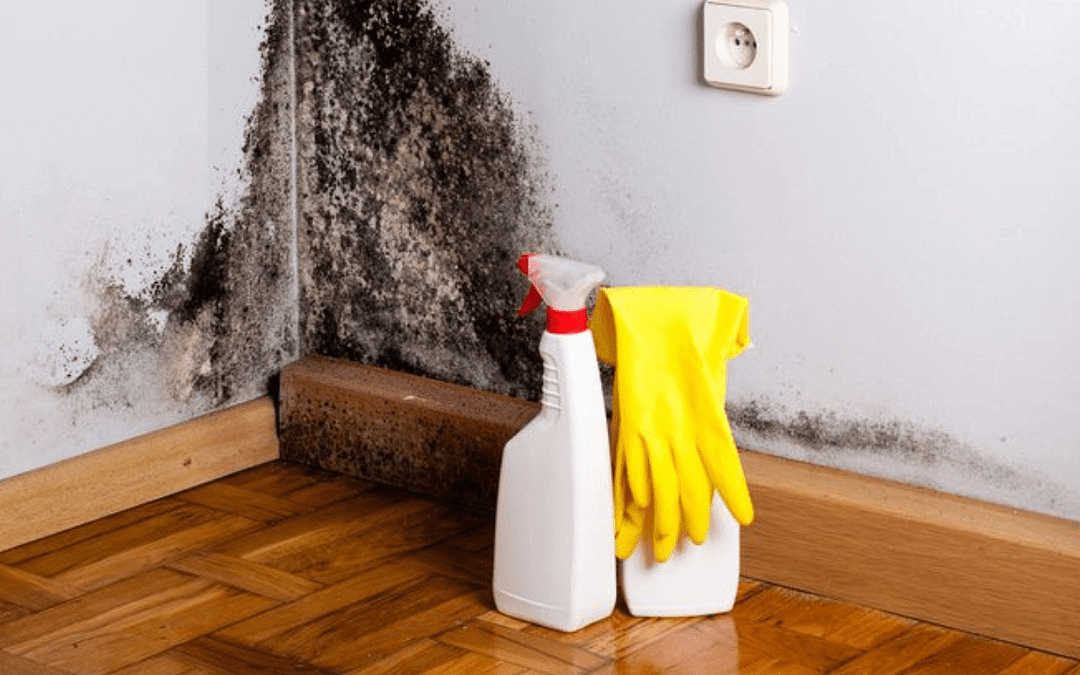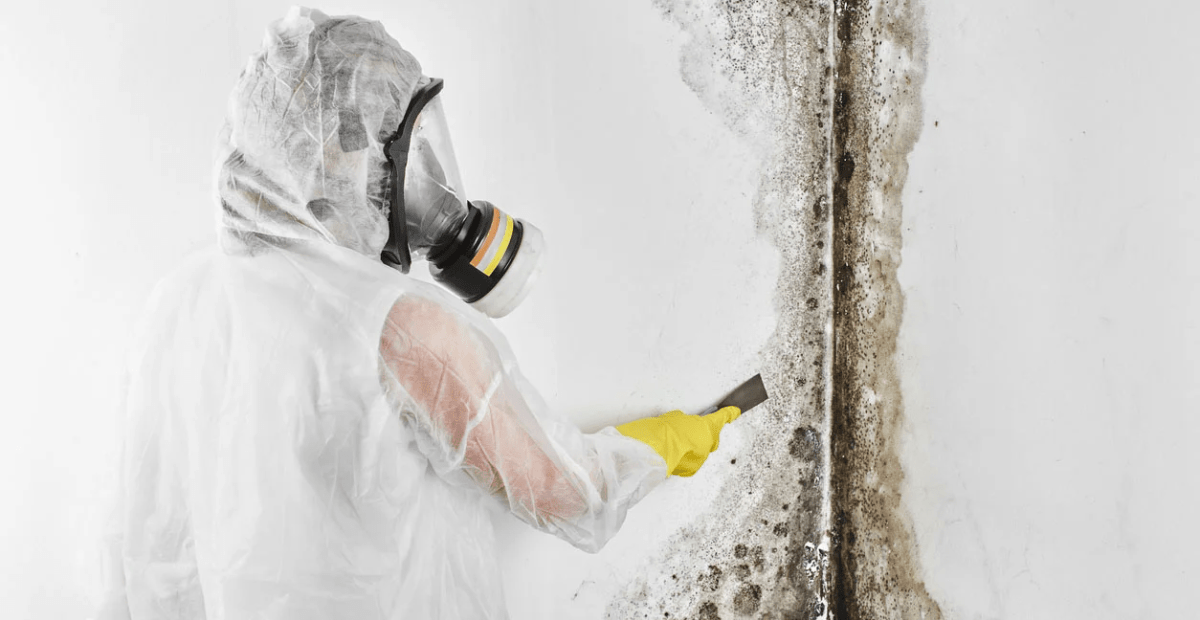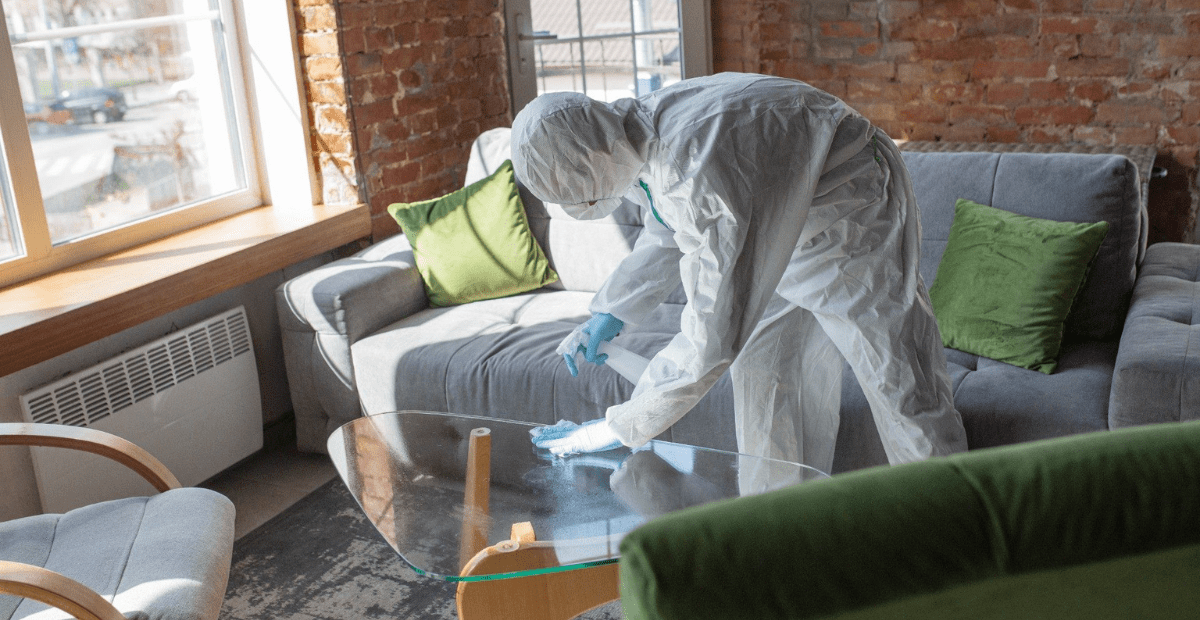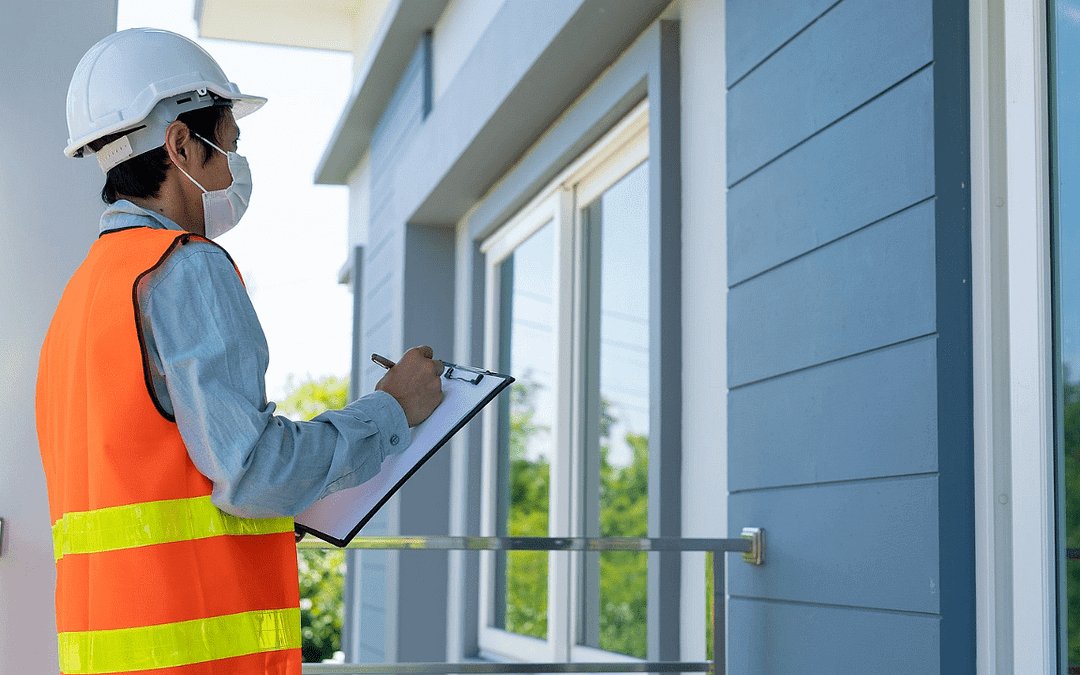
Specialized Home Inspections: Are They Worth It?
The Importance of Mold Inspections for Homeowners
Your home is more than just a place to live—it’s where you create memories, build your life, and ensure the safety and well-being of your family. Amidst the hustle and bustle of daily life, it’s easy to overlook potential hazards that could be lurking within the walls of your humble abode. That’s where mold inspections come in. In this guide, we’ll explore why mold inspections are crucial for homeowners like you, and how they can provide peace of mind and protect your most valuable asset.
Why Are Mold Inspections Important?
- Early Detection of Issues – Professional inspectors have the expertise to identify potential mold problems before they escalate, saving you time and money in the long run.
- Improved Indoor Air Quality – By addressing mold growth and air quality issues, mold inspections can help create a healthier living environment for you and your family.
- Peace of Mind – Knowing that your home has been thoroughly inspected and is free from hidden dangers can provide peace of mind and reassurance.
- Preservation of Property Value – Regular inspections and maintenance can help preserve the value of your home by preventing costly damage and ensuring compliance with regulatory standards.
Key Areas of the Home Requiring Mold Inspection
- Attics and Basements – These areas are prone to mold growth due to poor ventilation and moisture buildup.
- Crawl Spaces – Often overlooked, crawl spaces can harbor mold and moisture, affecting the air quality throughout your home.
- HVAC Systems – Heating, ventilation, and air conditioning systems can distribute mold spores and other contaminants if not properly maintained.
- Bathrooms and Kitchens – High humidity levels in these areas can contribute to mold growth on surfaces and in hidden spaces.
Choosing the Right Mold Inspection Company
- Experience and Expertise – Look for a company with a proven track record and certified inspectors who specialize in mold detection and indoor air quality testing.
- Comprehensive Services – Ensure that the company offers a comprehensive range of inspection services tailored to your specific needs, including mold testing, air quality assessment, and moisture detection.
- Reputation and Reviews – Research the company’s reputation and read customer reviews to gauge the quality of their services and customer satisfaction.
- Certifications and Accreditations – Verify that the company holds relevant certifications and accreditations from reputable organizations in the field of mold inspection and environmental testing.
Frequency of Mold Inspections
- Annually – To proactively identify and address any emerging issues before they escalate.
- After Significant Events – Following events such as water damage, flooding, or renovations, to ensure that your home remains free from mold and other contaminants.
- Upon Purchasing a New Home – Before purchasing a new home, it’s essential to have a thorough inspection conducted to uncover any hidden problems and make an informed decision.
Indicators That You Need a Mold Inspection
Recent Water Damage
If your home has experienced water damage from leaks, flooding, or plumbing issues, it’s crucial to have a mold inspection to assess the extent of the damage and prevent mold growth.
Visible Signs of Mold
If you notice visible mold growth or musty odors in your home, it’s essential to address the problem promptly with a mold inspection to identify the source and develop a remediation plan.
Respiratory Symptoms
If you or your family members are experiencing unexplained respiratory symptoms such as coughing, wheezing, or congestion, poor indoor air quality may be to blame, warranting a mold inspection.
Preventive Maintenance
Even if your home is free from visible signs of mold or air quality issues, scheduling regular inspections can help prevent problems before they occur and ensure your home remains a safe and healthy environment for years to come.
Conclusion
Mold inspections are not just a luxury but a necessity for any homeowner invested in their family’s health and the longevity of their property. By taking proactive steps to address potential issues like mold growth and poor air quality, you’re not only safeguarding your investment but also ensuring a safe and healthy environment for those you hold dear. So, when it comes to choosing a mold inspection company, remember to prioritize experience, reputation, and comprehensive services. After all, your home is more than just a structure—it’s your sanctuary, and it deserves the best care possible.

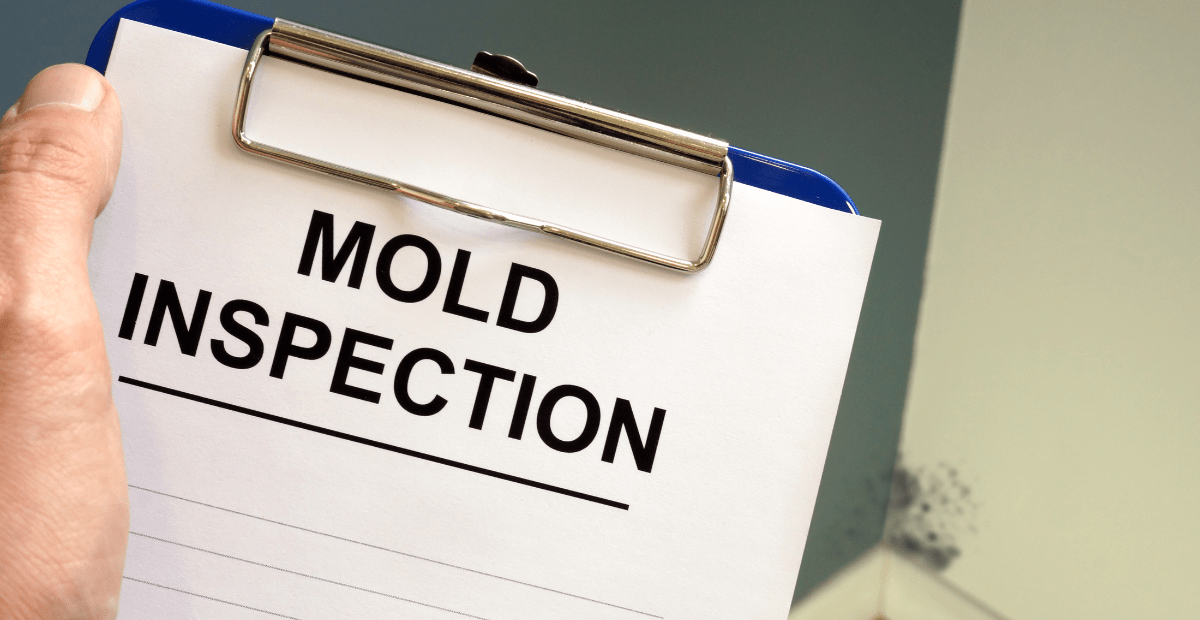
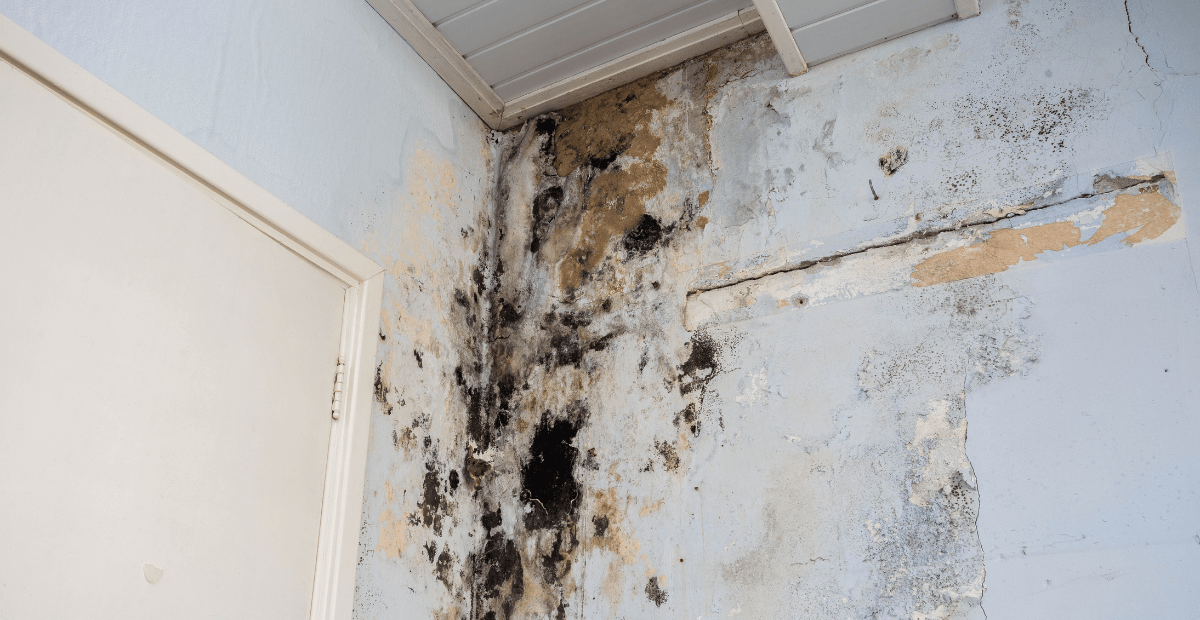




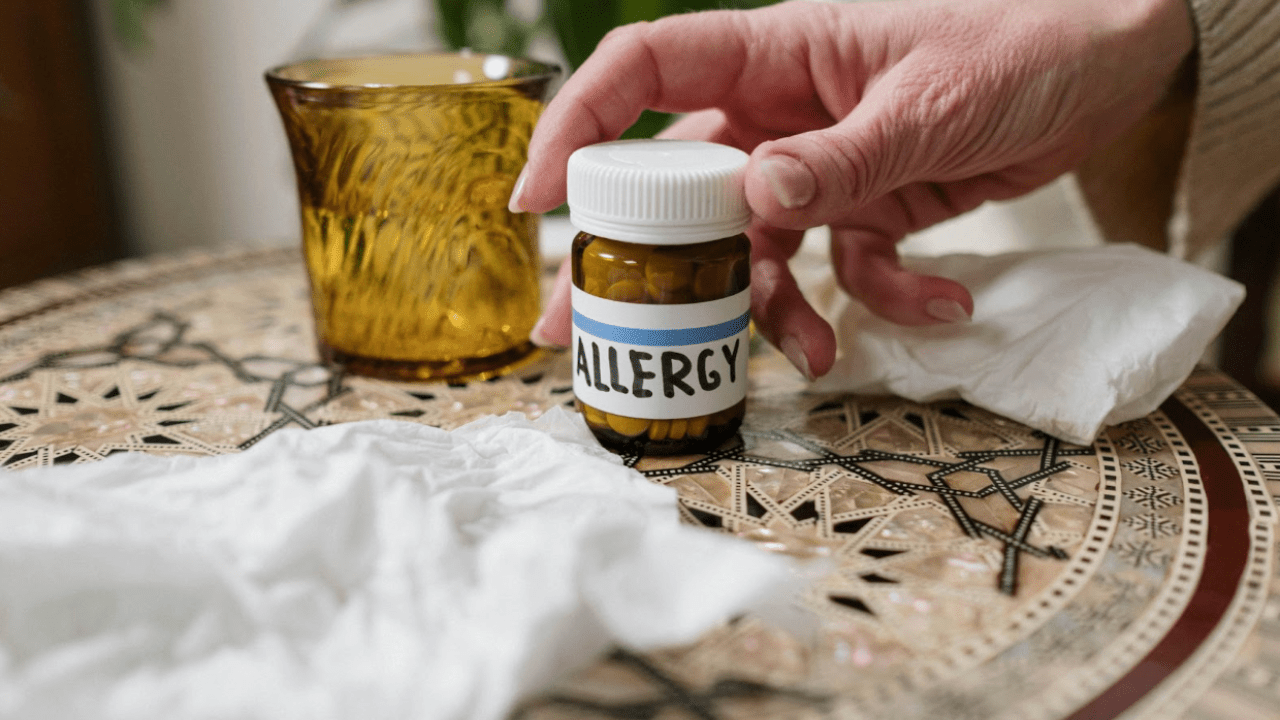
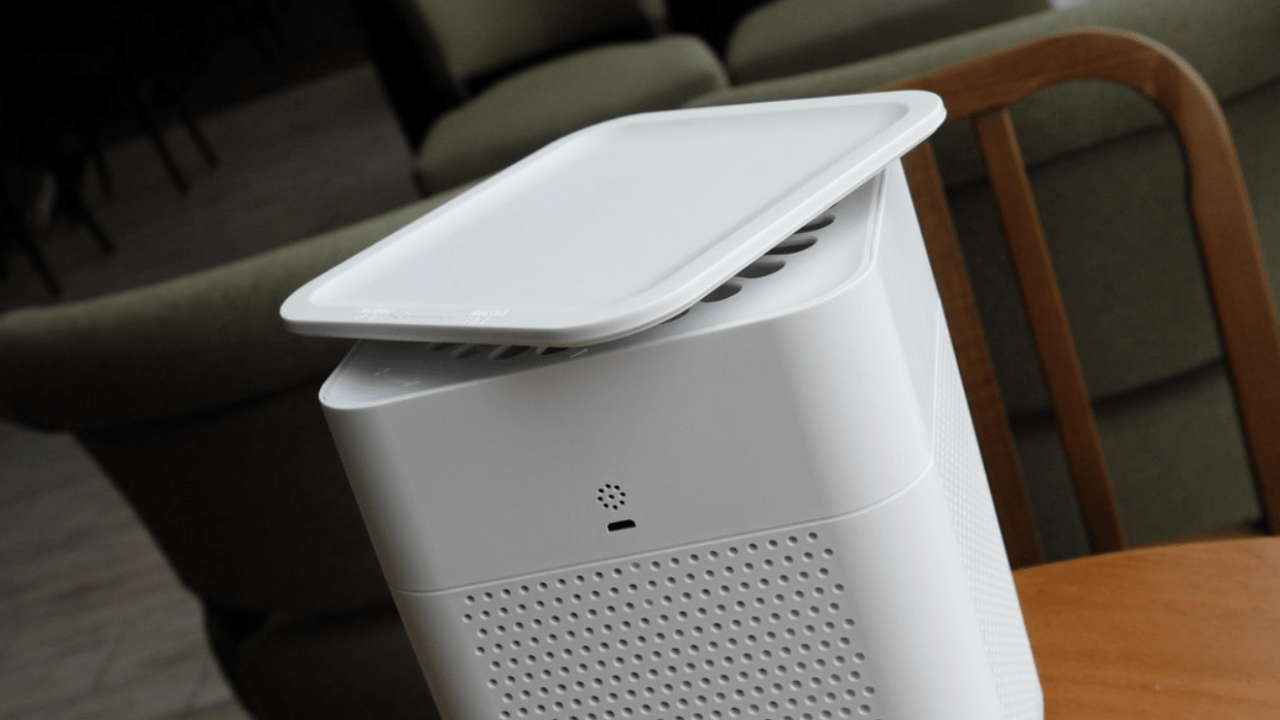

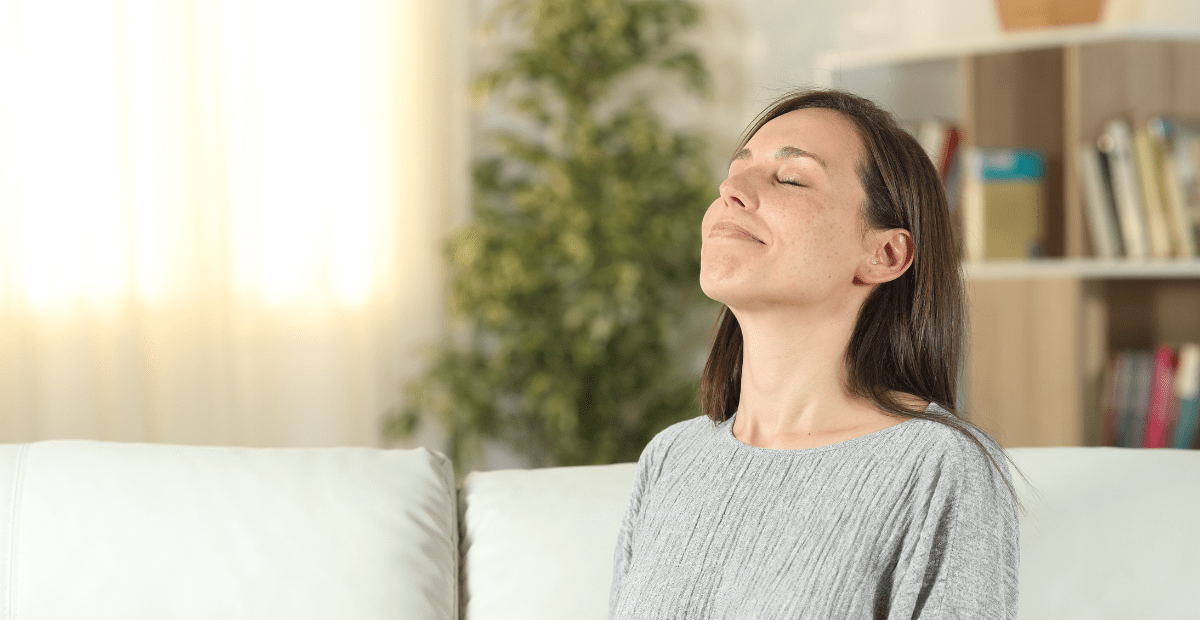 Why Invest in Mold Inspection?
Why Invest in Mold Inspection?
 Why is Post-Remediation Mold Testing Important?
Why is Post-Remediation Mold Testing Important? Choosing the Right Testing Service
Choosing the Right Testing Service